Systema, 1 object - 4 bodies. An emergence.

A corde lisse, or aerial rope, or just rope, is the object the collective Framing Effekt decided to work with, making Systema their first creation as a group. What could 4 people and one rope have to do together and what is the Systema they are trying to create on stage? Curious to find out, I attended their performance at Bijlmer Parktheater in Amsterdam during the Amsterdam Fringe Festival.
Framing Effekt is a group of 4 young circus artists, Shalom Gramiccioli (IT), Julie Micheneau (FR), Marius Cavin (CH) and Lara Schönthal (AT) from four different countries, speaking three different languages and focused on three different circus disciplines. They and I share an interesting coincidence. They all graduated from Fontys Academy of the Arts in Tilburg in 2022, where in April of that year I attended one of their graduation group performances, during my first work in contemporary circus as a journalist. A common emergence, in a way. But enough about memorabilia.
Meeting at their school and deciding to start a collective is very common among young graduates. For Framing Effekt, their different backgrounds, linguistics and geographies were the facts that made them wonder how they could find a common language to speak on stage. This also applies to their circus disciplines, which include floor and aerial acrobatics, dance, object manipulation and juggling. For them, circus' language is a medium through which they want to speak about many issues in society, and this time, the choice of just a rope and their bodies shows an intention to start minimally. Countless themes are born from there, such as how much touch we can nowadays take before letting go, and how lonely it can feel in an automated world. As they told me after the show, Systema was created following residencies focused on contact improvisation, action-reaction and a lot of play on the countless ways the five objects can relate on stage.
Framing Effekt proposes a concept of creation against the current trend of hyper-individualistic artistic creations emerging from professional circus schools, meaning that nowadays, students are often led into creating solo or duo shows. Of course, that is not a rule, it is just an observation from seeing or talking to recent graduates, but it is also a rational choice, given the increasing costs of being an artist. More group members mean extra costs for travelling, accommodation, residency space, fees, and, perhaps, more requirements involved in their creations. At the same time, keeping the number lower might mean that artistically, there is a greater likelihood of having more common values, vision and agreements on aesthetic choices. One more thing commonly seen among young graduates in their first shows, is that even though a collective can create a show, it often contains a group part before going into solo acts from each artist’s discipline. So, counteracting these tendencies, Framing Effekt created Systema, a show using their 4 bodies and just one rope.
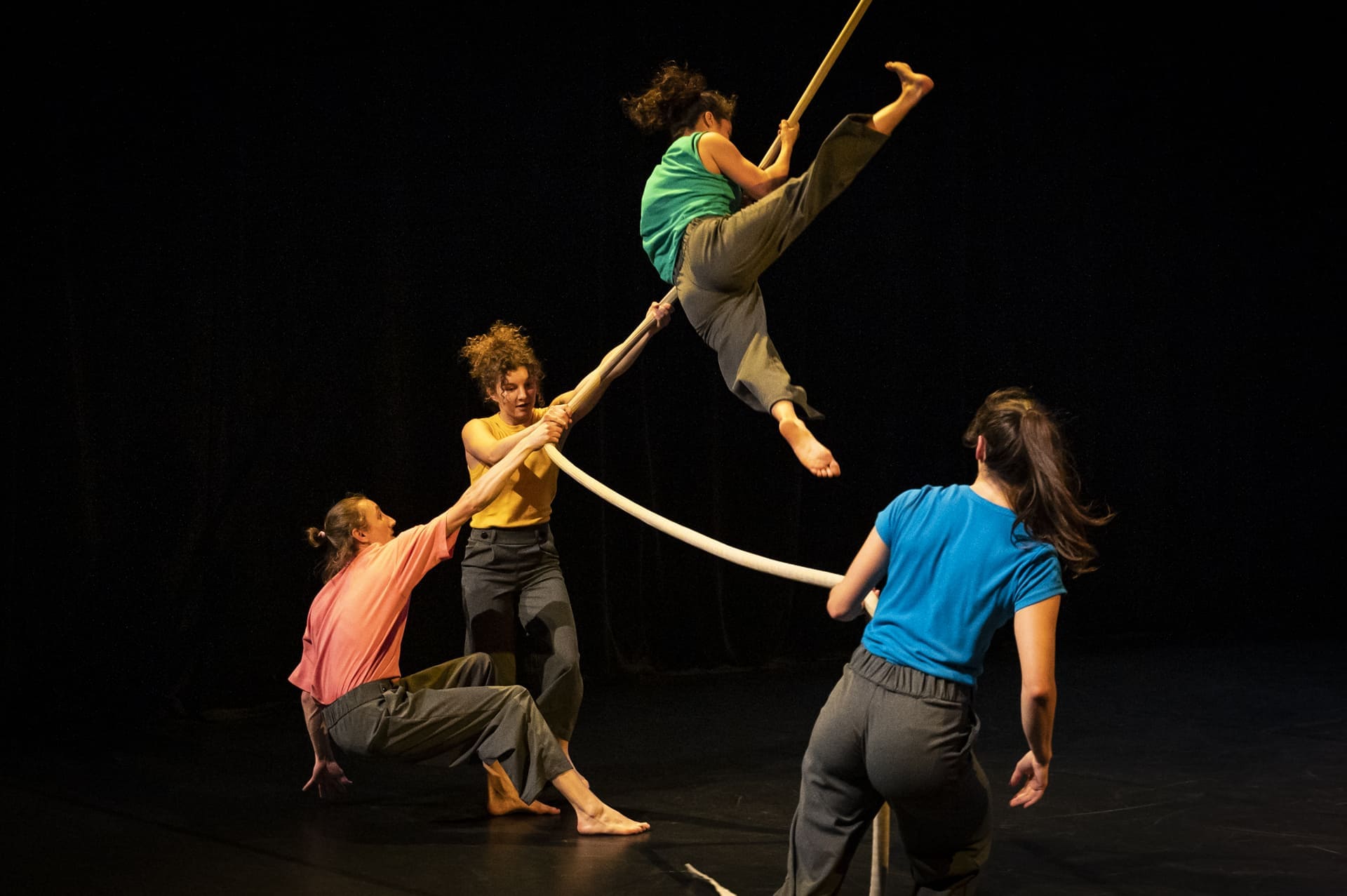
Systema, as the title suggests, represents a system. A system that as the audience walks in to take their seat, is already in place. All bodies are connected, each taking place on different levels and fronts. Like a metronome, they count a repetitive pattern progressively from 1 to 4, and back to 4-3-2-1. The body of the object and the performers’ bodies are connected into one system which follows an internal clock; precise, steady, automatic, with no flaws. We're observing the language of a system designed to go from 0 to 1. It is all working smoothly, even as the tempo is gradually increased. Every movement is precise, safe, and identical. As every system component preset its motion, the numbers are heard through the space, bouncing onto the walls and back, almost like juggling balls or those crazy bouncing balls we played with as kids. The lights in the space are simple and wide open, just inviting us to observe the machine. No particular focuses or lenses are cast. At the same time, the group is wearing the same colour of grey pants and each performer has a different but simple monochrome t-shirt.
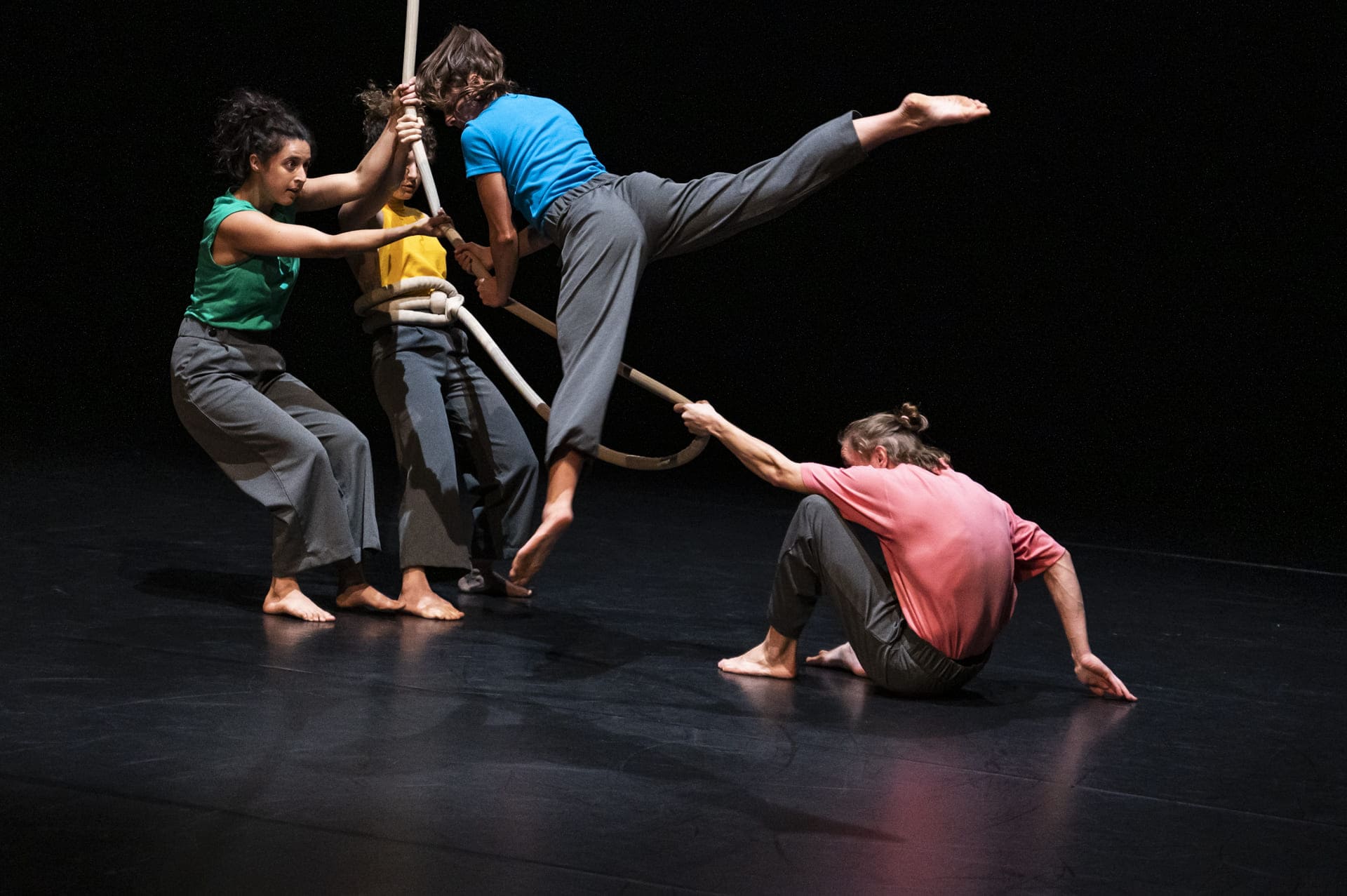
All up to a breaking point. That's when number 4, Shalom, experiences an error and breaks away from the system. She comes into life, she's humanised and can observe the whole mechanism from the outside, still going, counting only 1-2-3-3-2-1 without her. However, when Shalom starts interacting and playing with the system, now it feels like a music box. While watching, I thought ‘’You’re free now, play with it!’’, and she did exactly that. By pulling one end of the rope it all starts and “plays” what it's programmed to. Bit by bit, Shalom at first, then, together with Marius, they are looking at ways of interfering with the system and testing its possibilities of functioning without disruption, as soon as Julie and, finally, Lara, join them. The playful patterns become more complex, and the rope becomes a thousand objects. Making a knot around Lara's body, the rope starts twisting like a pendulum, and Julie flies on it, while Shalom and Marius duck under it, jump over it or test their limbo dancing skills as it keeps coming onto them.
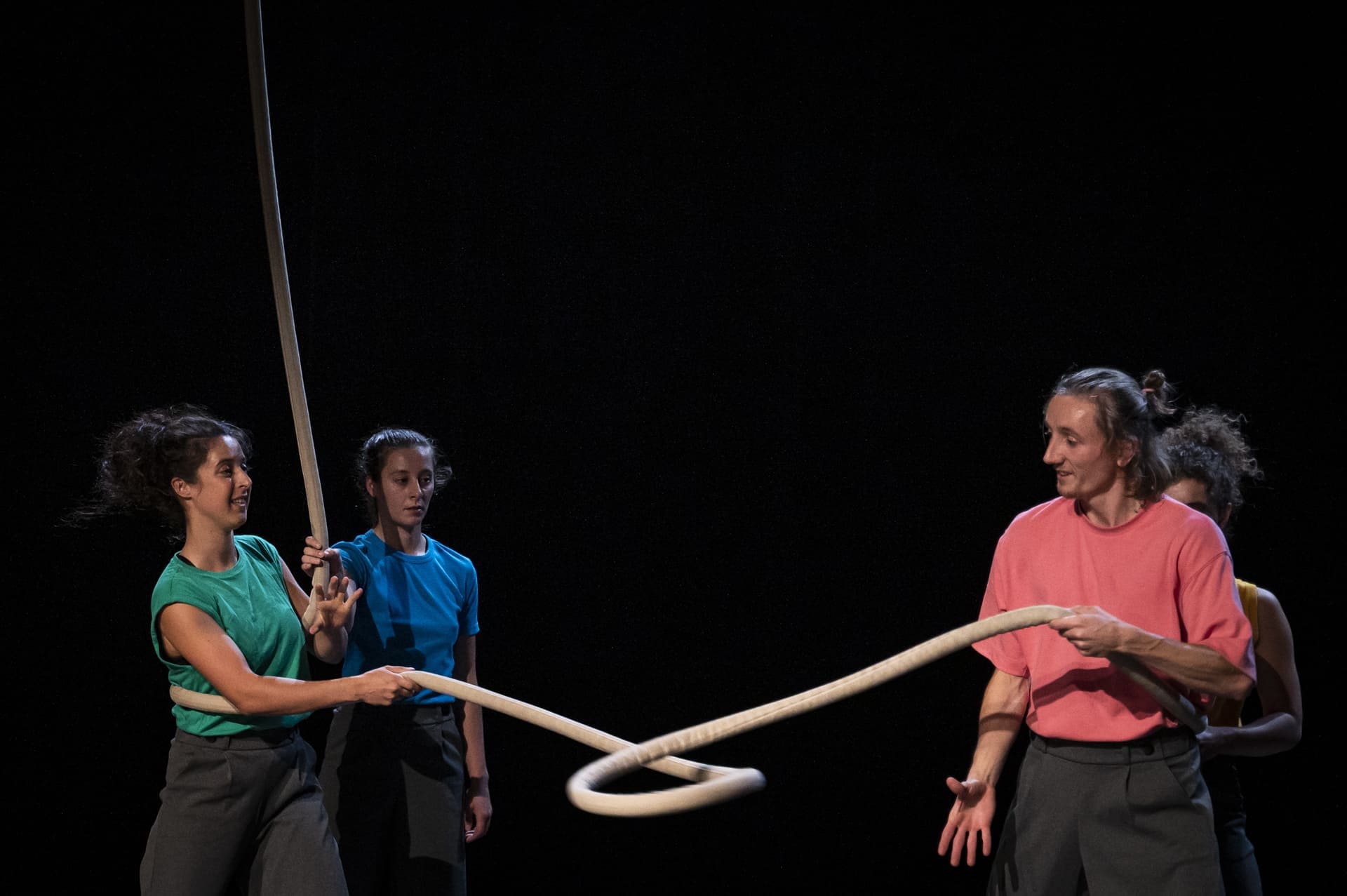
The limits of imagination and physics are tested, as the rope is used as a leverage to pull, a platform to fly on, a series of knots to climb on, and waves flowing through the entire space. Gradually, the mechanical automated touches at the beginning, start becoming more and more humanised as the group is now playing with their object, the rope, inventing countless ways of using it. Rather than just climbing the rope, the team of Framing Effekt supported each other to fly around the space and jump using various movement techniques, ranging from dance acrobatics on the ground and contact improvisation.
To see them testing balance limits and how much suspension - or tension can allow a body to fly - is fascinating. As they revealed to me after the show, their research is focused on balance and counterbalance, action and reaction, and finding the points of pressure. These well-trained precise movements give a palpable softness to the piece, which goes from mechanical to more and more intimate, to the point where they don’t need the ‘actual’ rope any more. However, as they let it go, it feels as if the apparatus transforms into a thousand ropes and connected threads. They smile at each other, supporting every step of the process, as they move on to some duo and group dance routines that I would describe as melting hugs. Each duo and later the whole group melt into each other, creating a repetitive motion, which this time has a completely humane aspect.
The previously neutral lights are now much warmer as if we are part of the same hug that is always melting and forming again. Thanks to them, what before was a blue, green, yellow, and pink t-shirt, is now just orange and green, like autumn leaves. Similarly, the music - from being atmospheric, going more into disco club vibes as they were playing around - has now gone more into a soundscape of autumn leaves that are being crushed as they are losing each other from the hug. This warm but bittersweet feeling carries us until the end of the piece, which feels like coming a bit too early. It feels like we want it to last forever, to make more space until the heart heals completely, or until the hug is complete and not at risk of melting.
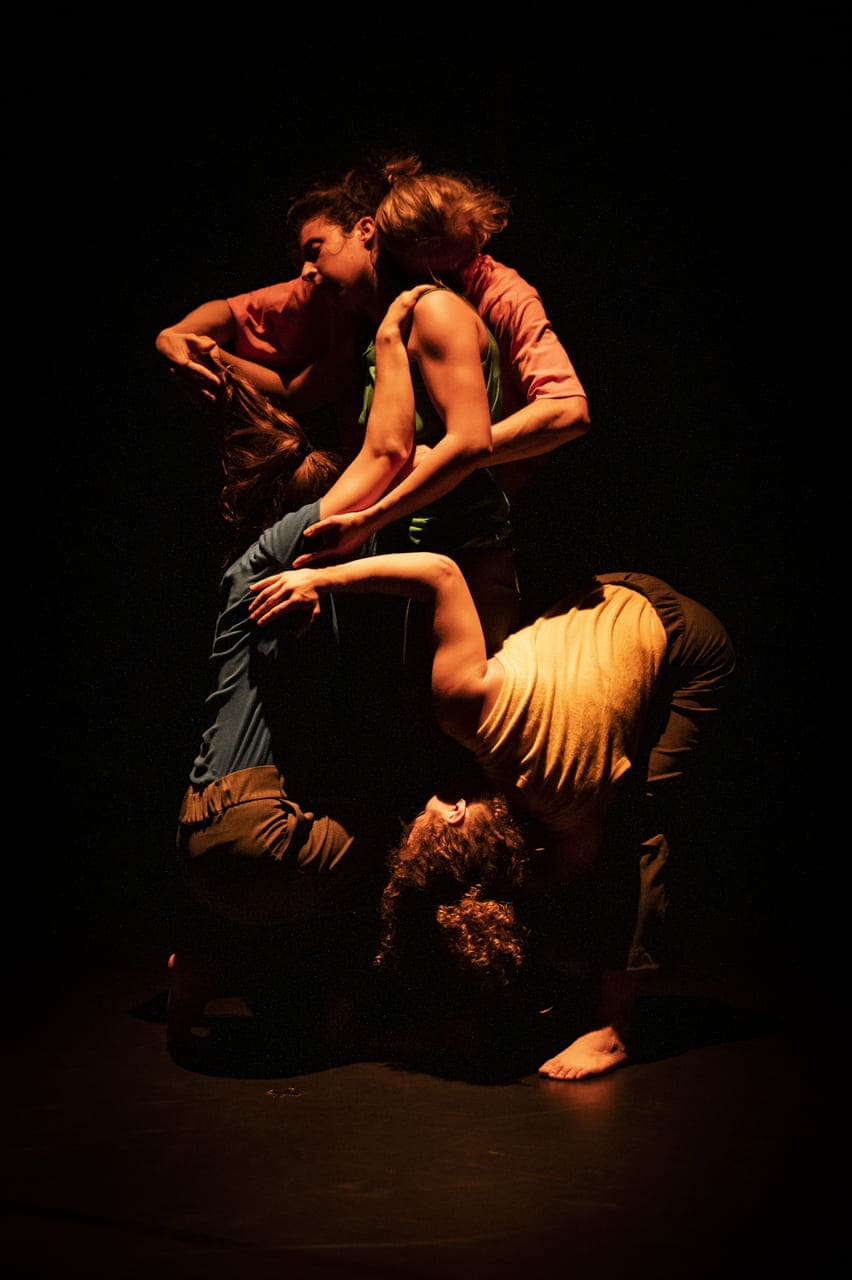
Systema originates from a brave conceptual choice and stages a sustainable production with minimal design. However, working with one rope and four acrobats requires sensitive attention to the rigging conditions in every venue since the forces in place might affect the solo rope movements when climbing or swinging, which must be under their control. Nonetheless, its dramaturgical choices can effectively communicate something deeply related to the human condition. Systema is born with no hidden tricks, no stopping a moment to marvel at something spectacular or not seen before. It does not impose a narrative; everything is there for all to see. It invites us to think about intimacy, followed by a sudden sensation of coldness as the hug is empty. The room is filled with a thousand threads to express feelings of togetherness, trust, intimacy and connection between them and the audience. It is an absorbing start to these young artists’ careers, and we can’t wait to see what’s next.
